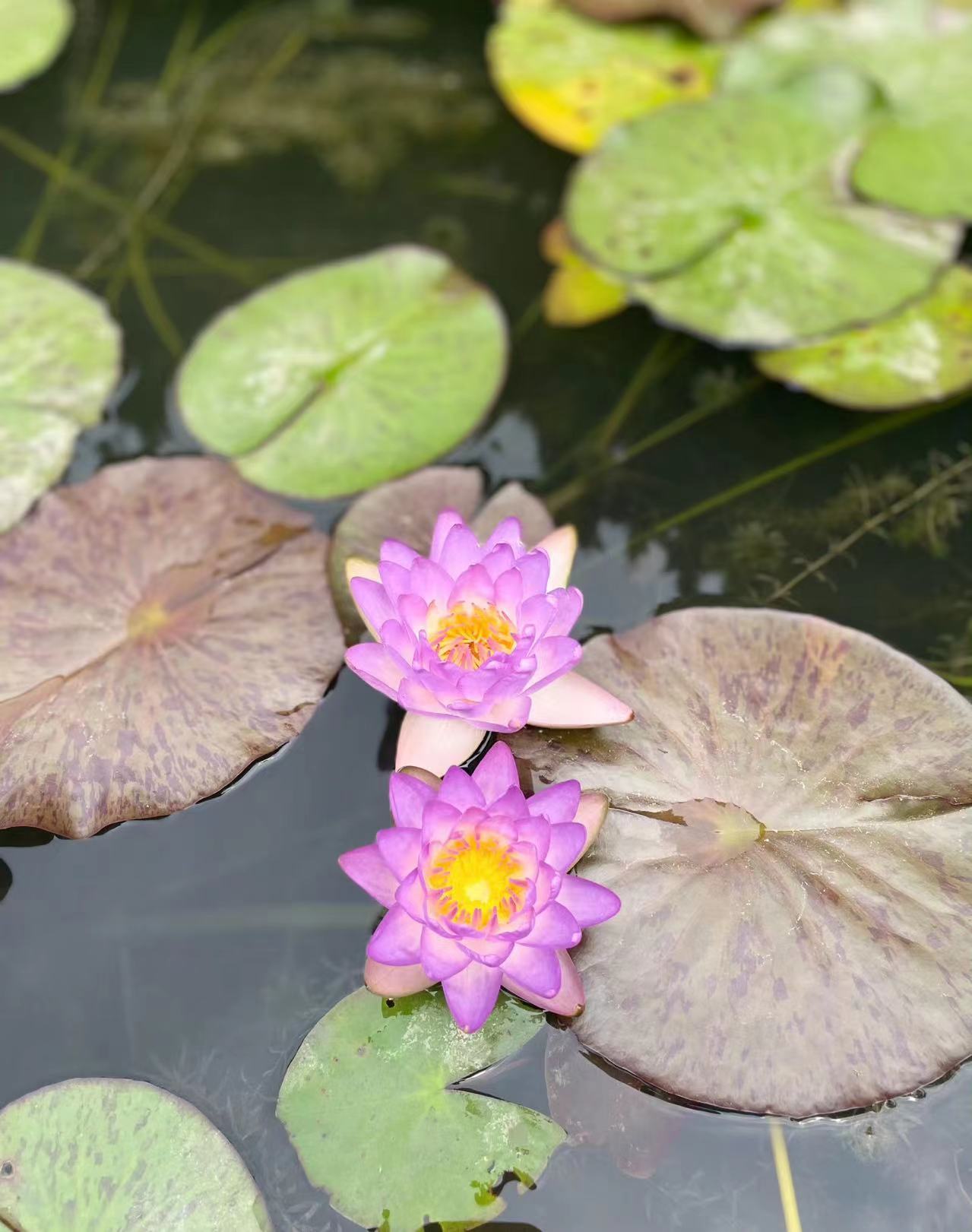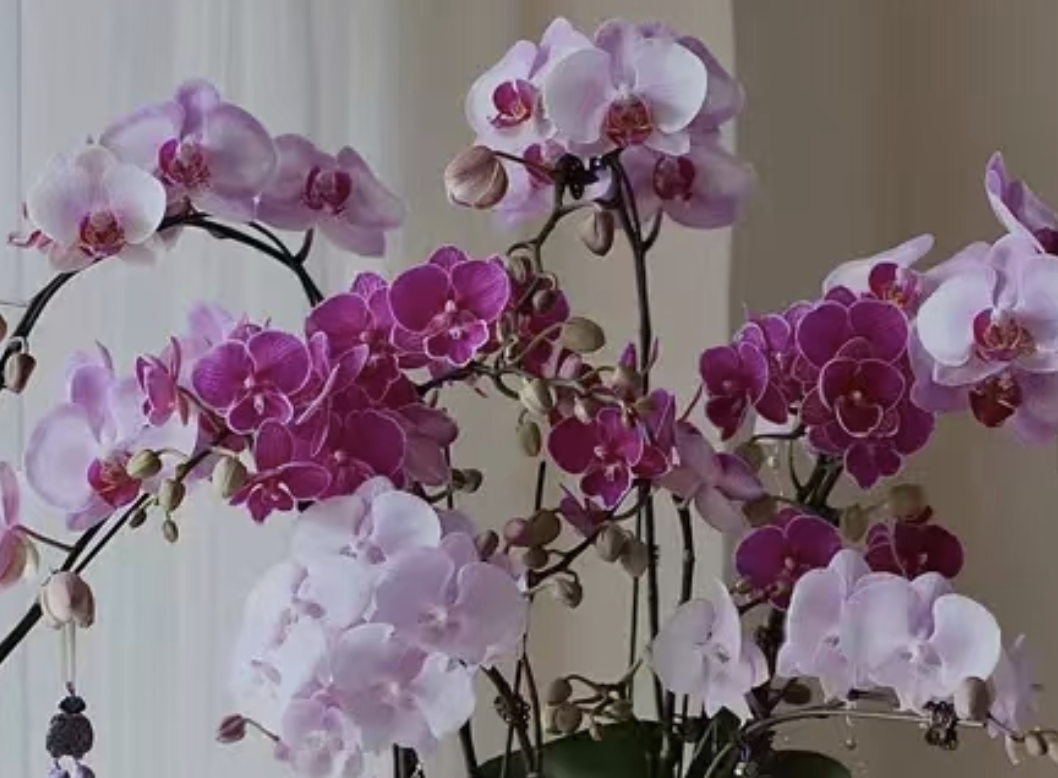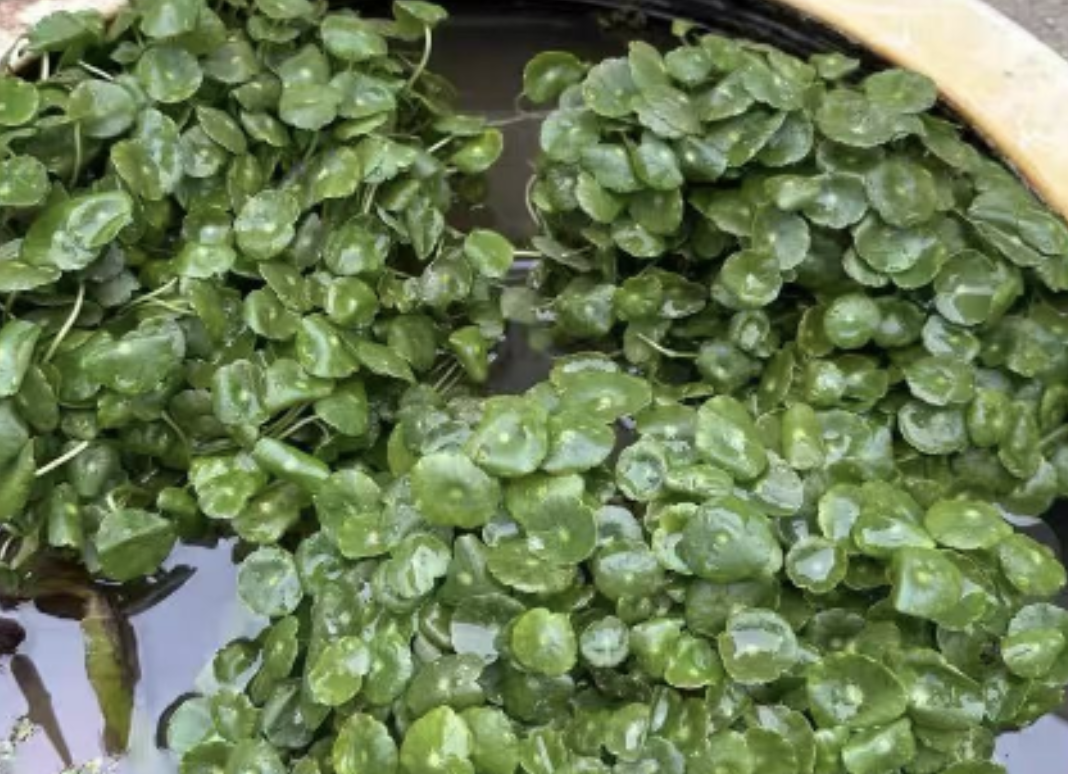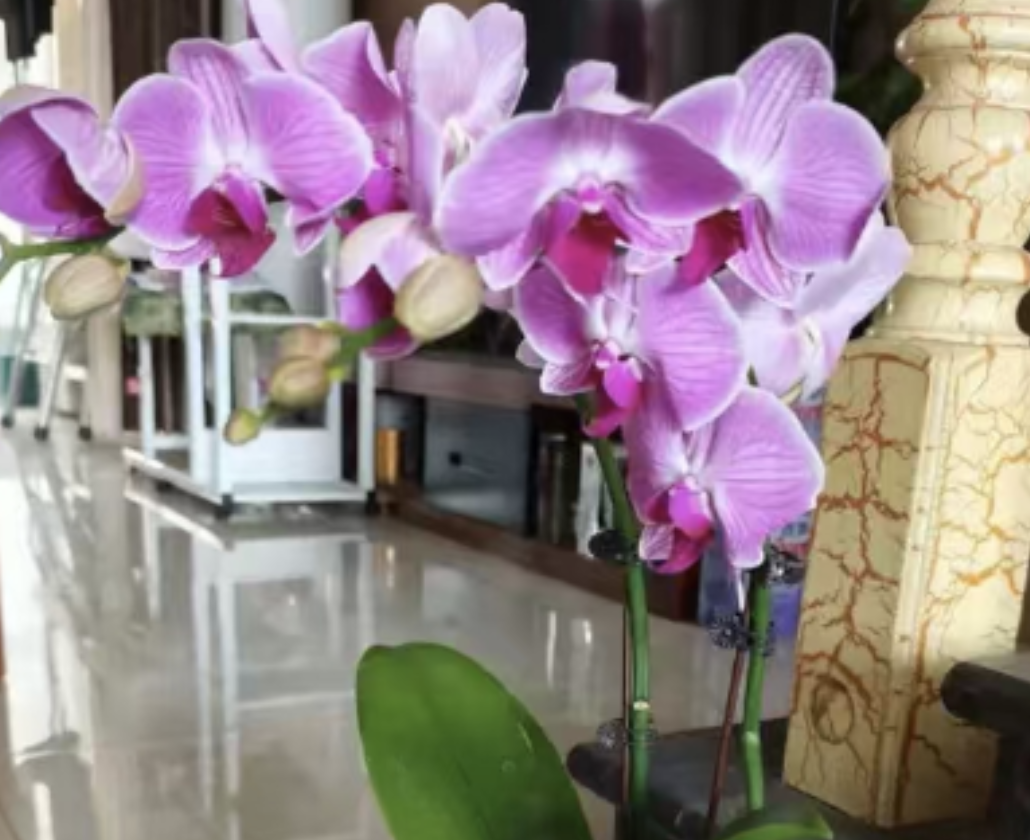As the seasons change, the varieties in the flower market also quietly change. Entering September, although it is still a pleasant time in late summer and early autumn, for some specific flowers, this is no longer the best time for purchase and maintenance.
Water lilies and bowl lotuses
As representatives of aquatic flowers, water lilies and bowl lotuses are beautiful. However, in September, as the temperature gradually drops, the water temperature also changes, which is extremely unfavorable for the growth of water lilies and bowl lotuses. Purchasing at this time not only makes it difficult to ensure their normal blooming, but also may cause damage to the plants due to improper water temperature management. Therefore, for friends who want to grow water lilies or bowl lotuses, it is recommended to wait until spring blossoms next year before making plans.
Gardenias and jasmines
Gardenias and jasmines, with their strong floral fragrance and fresh leaf colors, become highlights in summer gardens. However, with the arrival of September, these two kinds of flowers also gradually enter a period of decline in life. Gardenias or jasmines purchased at this time are likely to have missed their best viewing period and flowering period, and the change of seasons also increases the difficulty of maintenance. In order to appreciate their most beautiful moments, it is recommended to purchase and maintain them in the early or middle of summer.
Crape myrtles and rain lilies
Crape myrtles and rain lilies, as representative flowers of summer, are known for their rich flower colors and long flowering periods. However, in September, the flowers of crape myrtles begin to gradually decrease, and rain lilies may be damaged at the roots due to continuous autumn rains, affecting the overall growth condition. Although they can still maintain a certain ornamental value in autumn, for flower lovers who pursue the best viewing effect, purchasing at this time may not be a wise choice.
Geraniums and cyclamens
Geraniums and cyclamens enter a dormant state during high temperatures in summer. Although they will gradually resume growth after autumn, purchasing geraniums at this time requires more effort to take care of them. Geraniums also have relatively high requirements for light and water. If not properly maintained, problems such as yellow leaves and rotten roots are easy to occur. Cyclamen is a plant that blooms in winter. But it is not a good choice to purchase cyclamen after autumn. At this time, its root system is relatively fragile and easily damaged. Moreover, cyclamen also has relatively high requirements for temperature and humidity. After autumn, the temperature changes greatly, and it is difficult to provide a stable growth environment for cyclamen.
In short, when choosing plants after autumn, we need to consider the growth habits and adaptability of plants. For those plants that are not suitable for purchase after autumn and plants that are not likely to bloom in autumn, we can choose to purchase them in other seasons, or choose some plants suitable for growth and blooming in autumn, such as chrysanthemums, osmanthus, and hibiscus mutabilis.
Plants That Are Not Likely to Bloom in Autumn

Share with
Tagged in :




Leave a Reply